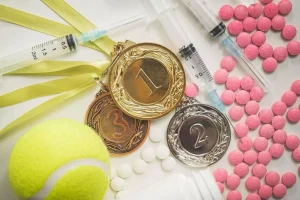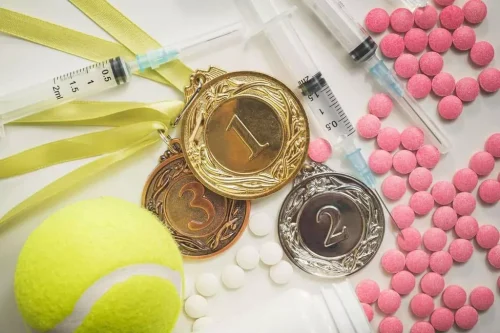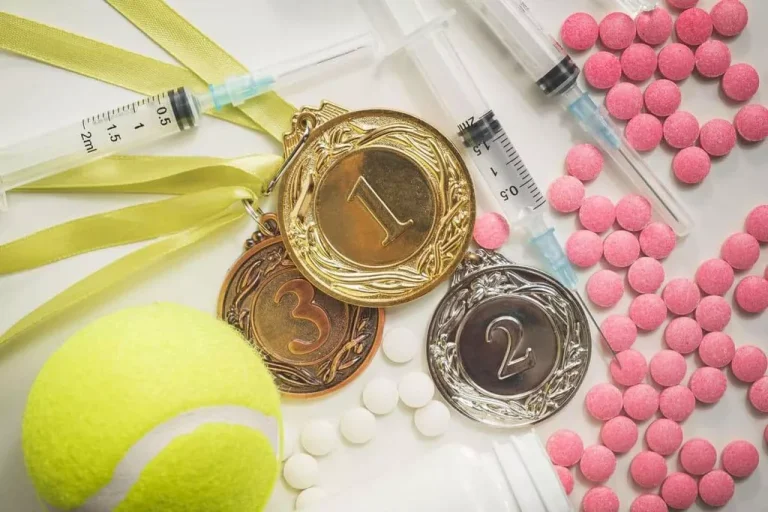
This individualized approach and professional support enhance your ability to manage prediabetes and boost your overall health. Diabetes and alcohol abuse (such as binge drinking) can have long-lasting effects in some cases. For reference, the Centers for Disease Control and Prevention (CDC) defines moderate drinking as two drinks or fewer per day for men, or one drink or fewer per day for women. The U.S. Dietary Guidelines Advisory Committee recommends one drink or fewer per day for people of either gender. If someone with diabetes has consumed a lot of alcohol, it’s also possible that they can miss https://ecosoberhouse.com/article/signs-and-symptoms-of-alcohol-dependence/ the signs of hypoglycemia. Not only can the signs of too much alcohol intake be similar to that of hypoglycemia, but the level of alertness can diminish, which can further affect a person’s ability to be aware of and treat a hypoglycemic episode.
- The short answer is yes, but anyone living with diabetes should be mindful if they are going to drink.
- Handling a hangover may require additional preparation and care, according to Everyday Health’s network site Diabetes Daily.
- But some sweet wines and beers have more carbs than others, and the sugars in cocktails, hard seltzers, and similar drinks can make booze extremely high carb.
- Talk to one of our knowledgeable admissions navigators, who can answer your questions, explain your options, and get you started on your path to recovery.
Lift Heavy
First of all, alcohol impacts the liver in doing its job of regulating blood sugar. Alcohol can also interact with some medications that are prescribed to people with diabetes. Even if you only rarely drink alcohol, talk with your healthcare provider about it so that he or she knows which medications are best for you. Hypoglycemia is defined as a state in which there are neuroglycopenic symptoms concurrent with a low blood glucose level. The definition of « low blood glucose » can differ significantly across the major medical associations. Although in general, T2DM shows a less hypoglycemia risk, when compared to that of T1DM, the frequency of hypoglycemia increases with increased diabetes and insulin treatment duration in T2DM 22.
How Does Alcohol Use Impact Diabetes?
- Aim for grams of protein per meal from sources like grass-fed beef, pasture-raised poultry, wild-caught fish, and pastured eggs (if tolerated), as protein promotes satiety and helps regulate blood sugar.
- People who frequently consume a lot of alcohol can wipe out their energy storage in a few hours.
- What’s more, when the liver breaks down alcohol, it converts it to fat, which can contribute to weight gain.
- Baseline characteristics (2002) of participants in the SPHC cohort according to alcohol consumption.
- Food, on the other hand, is digested gradually, so it provides better protection against lows.
- Despite the potential health perks of drinking alcohol, there are some cautions as well.
It is a good idea for them to talk with a doctor so that they thoroughly understand the risks involved. Normal fasting blood sugar levels should be in the range of 70–100 milligrams per deciliter (mg/dl). People who have untreated diabetes generally have blood sugar levels higher than 126 mg/dl.

Drink Plenty of Water

Check your blood sugar before and while you’re drinking and then again before you go to bed. This means drinking can make it even harder for people with type 2 diabetes—which is defined by elevated glucose levels—to manage their blood sugar. However, the liver can’t do this and metabolize alcohol at the same time. So it will focus on dealing with alcohol first rather than converting glycogen to glucose. The problem is that the liver cannot perform both functions at the same time.
Choose foods that contain carbohydrates so that you have some glucose in your system (meaning, you will be at lower risk of having low blood sugar). The increase in blood sugar levels gives way to hyperglycemia, or too-high blood sugar. This can cause a host of symptoms, from thirst and frequent urination to slow-healing wounds and disorientation. But even those who have type 2 diabetes who take medication may be vulnerable to hypoglycemia diabetes and alcohol unawareness, even though their blood sugar levels are more likely to skew high than low. This happens when the body doesn’t produce enough insulin or does not respond to insulin as it should.
- Alcohol can also affect diabetic nerve damage, eye disease, and high blood triglycerides.
- Accordingly, deterioration in glucose homeostasis and insulin secretion in alcohol dependence may not only represent a consequence of T2DM, but also plays an important role in its cause, as well as its treatment.
- When glucose levels drop dangerously low, the body will shut down other functions to redirect the remaining stores of blood sugar to the brain.
- Many people with alcoholic liver disease also have either glucose intolerance or diabetes.
- Depending on your health condition, that may mean no alcohol at all.
- With all the focus on carbs, it’s easy to forget that alcohol also has calories.
- Chronic heavy consumption deteriorates glucose tolerance and insulin resistance, and this may well be one of the mechanisms involved in the malignant effect of alcohol, with regard to development of diabetes.

Alcohol is absorbed directly into the bloodstream from the stomach or the small intestine, and it’s then carried through the body and delivered to the liver. While the liver metabolizes alcohol, it cannot convert stored glycogen into the glucose needed to stabilize blood sugar levels. Regarding alcohol and diabetes, blood-sugar-reducing medications, such as insulin, increase the risk of low blood sugar, and alcohol increases the risk. Symptoms of low blood sugar include shakiness and confusion and must be treated immediately. This organ stabilizes glucose levels by storing carbohydrates and releasing them into the bloodstream between meals and overnight.